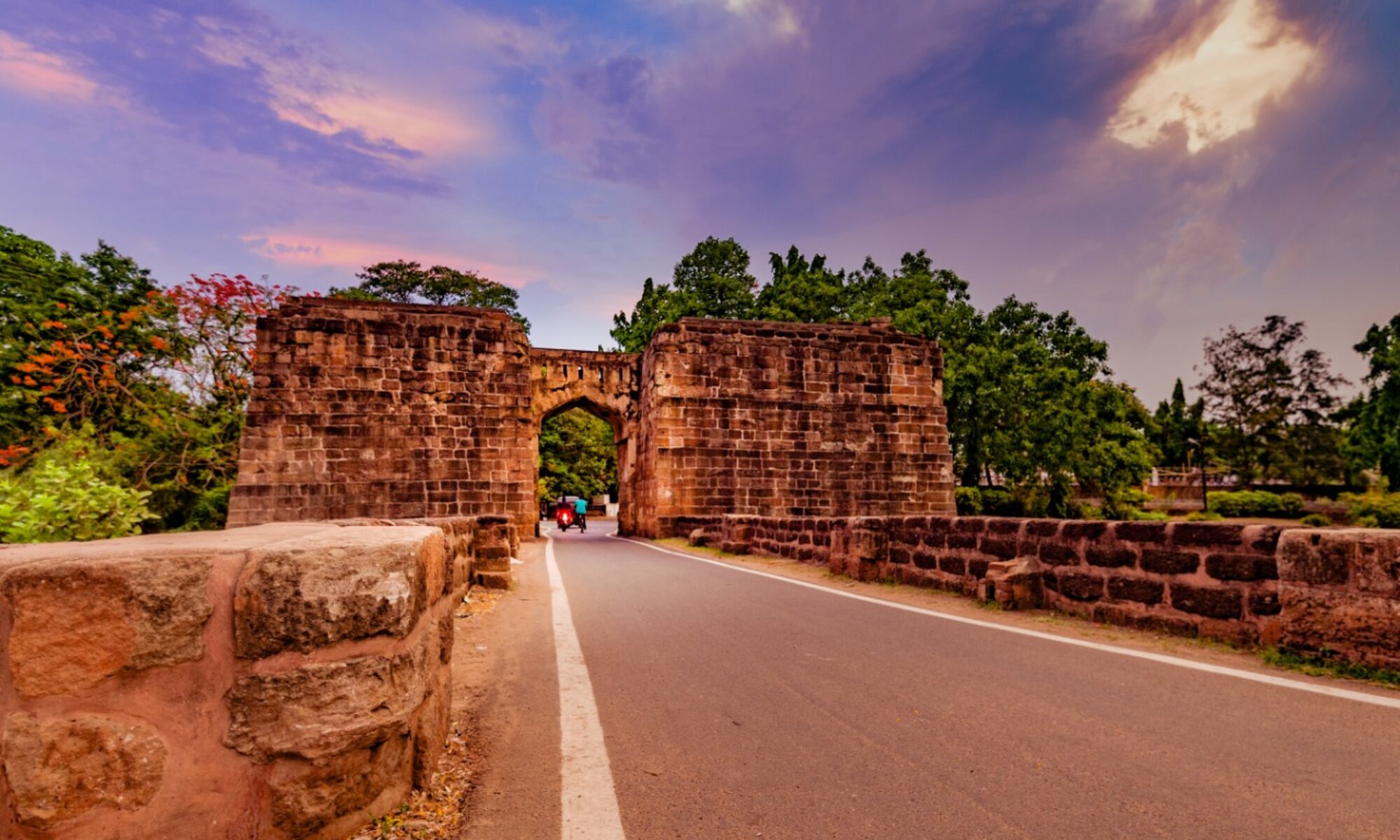Walk Organised by CHW on 28th February 2021

Photo Courtesy – Kishore Bit
This Sunday (28th February ) saw an increase in the number of heritage lovers near the Barabati fort. There was intimation with many new faces who brought with them their own share of knowledge and love for Cuttack and its heritage. After a brief intro we departed for the Gora Kabar, Tulsipur , Cuttack or White Man’s Cemetery as it is famously called. We were graciously welcomed by the President and Secretary in charge of the Cuttack Odia Baptist Church that oversee the management of Gora Kabar too. After a word of blessing by the Pastor, the President made us aware of the cemetery’s rich history.

The Gora Kabar, one of the biggest and oldest cemeteries in Odisha was set up in a 5 acres land by the banks of River Mahanadi on the outskirts of city then by the East India Company (EIC) in 1822. It is mainstream knowledge that by the end of 1803, the EIC had defeated the Marathas and captured Barabati. The presence of English officials and their families became significant after this occupation. Rev. William Bampton and Rev. James Peggs were the first English General Baptists Missionaries to arrive in Cuttack in 1822. They interacted with Sundernath Baba and his disciples in his ashram at Choudwar and found that they share a common goal. Infact, Gangadhar Sarangi, a Brahmin follower of Baba was the first to accept Christianity and his baptism took place in the Mahanadi River. Slowly, the followers rose from 7 in 1822 to over 209 by 1840s and by 1890s, the Cuttack Odia Baptist Church had already become an autonomous church body.

